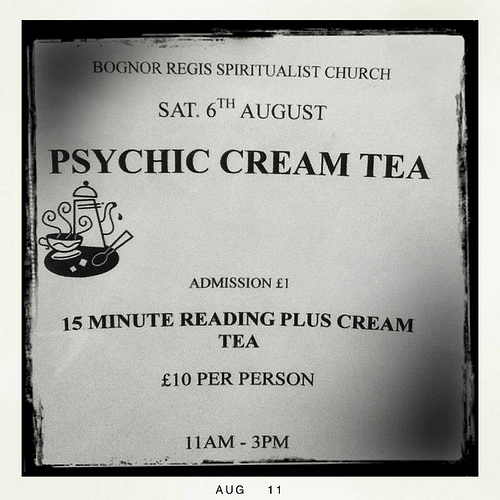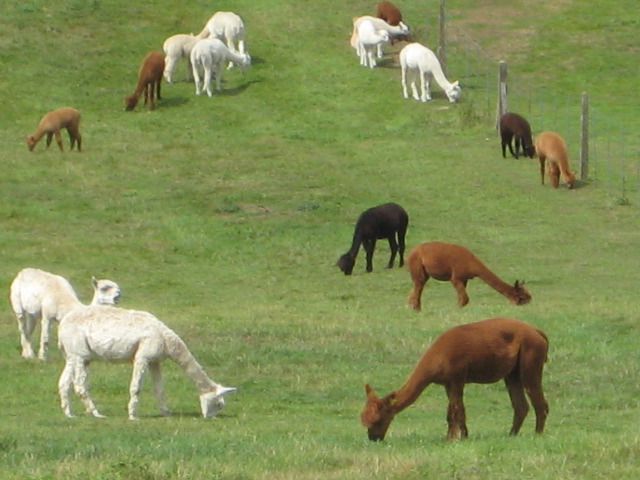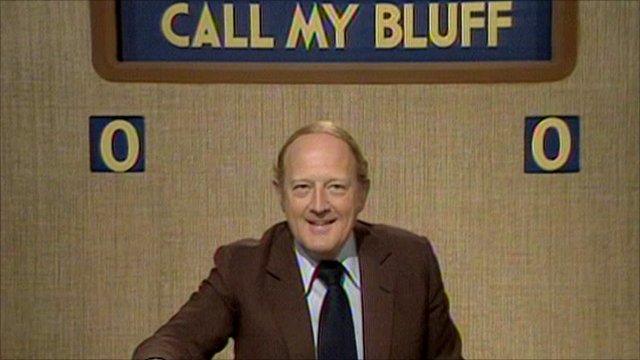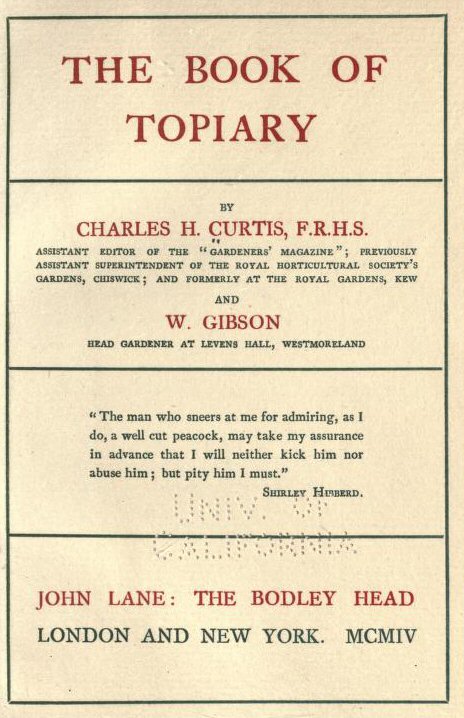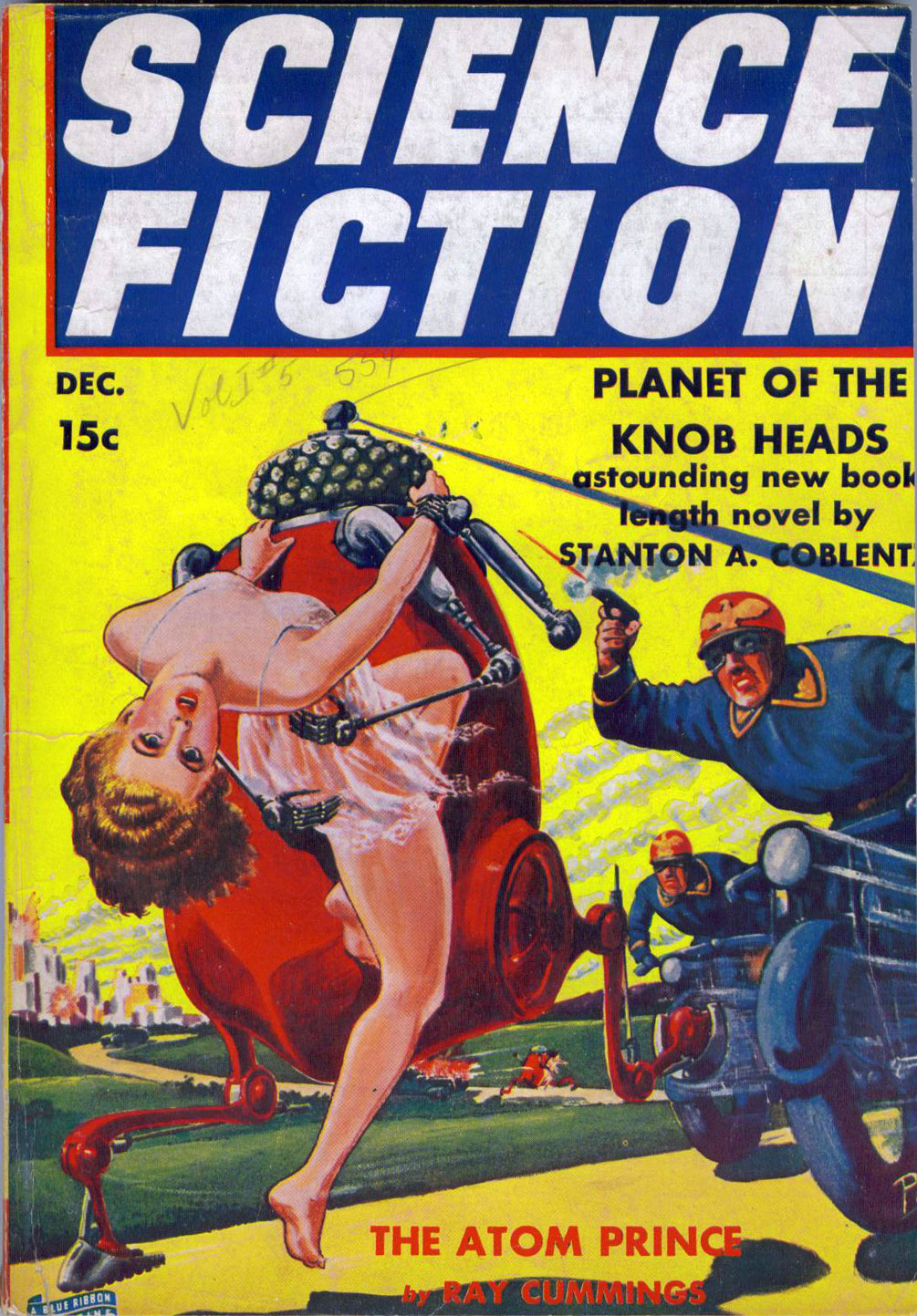In that piece from seven years ago reposted yesterday, I quote from the Book of Isaiah (King James Version). It is there we meet the so-called Isaiah Cormorant, one of four cormorants to be found in the Bible, the four most culturally important cormorants ever to have existed. Anybody who is serious about cormorants, and about culturally important cormorants in particular, ought to be familiar with them. It may well be true, as Charles Bradlaugh (1833-1891) observed, that the books of the Bible had their origins in the ravings of “illiterate half-starved visionaries in some dark corner of a Graeco-Syrian slum”, but few would deny that those ravings have had profound resonance, especially, but not exclusively, in cormorant-world.
What of the three other Biblical cormorants? Well, there is the Leviticus Cormorant, which appears in this passage:
These are they which ye shall have in abomination among the fowls; they shall not be eaten, they are an abomination: the eagle, and the ossifrage, and the ospray, And the vulture, and the kite after his kind; Every raven after his kind; And the owl, and the night hawk, and the cuckow, and the hawk after his kind, And the little owl, and the cormorant, and the great owl, And the swan, and the pelican, and the gier eagle, And the stork, the heron after her kind, and the lapwing, and the bat. All fowls that creep, going upon all four, shall be an abomination unto you.
The Deuteronomy Cormorant is not dissimilar, as we learn here:
Of all clean birds ye shall eat. But these are they of which ye shall not eat: the eagle, and ossifrage, and the ospray, And the glede, and the kite, and the vulture after his kind, And every raven after his kind, And the owl, and the night hawk, and the cuckow, and the hawk after his kind, The little owl, and the great owl, and the swan, And the pelican, and the gier eagle, and the cormorant, And the stork, and the heron after her kind, and the lapwing, and the bat. And every creeping thing that flieth is unclean unto you: they shall not be eaten. But of all clean fowls ye may eat.
Then there is the Isaiah Cormorant, which we met yesterday, and finally the Zephaniah Cormorant:
Ye Ethiopians also, ye shall be slain by my sword. And he will stretch out his hand against the north, and destroy Assyria; and will make Nineveh a desolation, and dry like a wilderness. And flocks shall lie down in the midst of her, all the beasts of the nations: both the cormorant and the bittern shall lodge in the upper lintels of it; their voice shall sing in the windows; desolation shall be in the thresholds: for he shall uncover the cedar work.
So similar are the Leviticus Cormorant and the Deuteronomy Cormorant, on the one hand, and the Isaiah Cormorant and the Zephaniah Cormorant, on the other, that some theologians and cormorantologists have argued that there are only two cormorants in the Bible, not four. The cultural and historical implications of this view are immense, even world-shuddering. If your brain is made dizzy by just thinking about it, I recommend a thorough study of Dobson’s pamphlet How Many Cormorants Are There In The Bible? (out of print).

